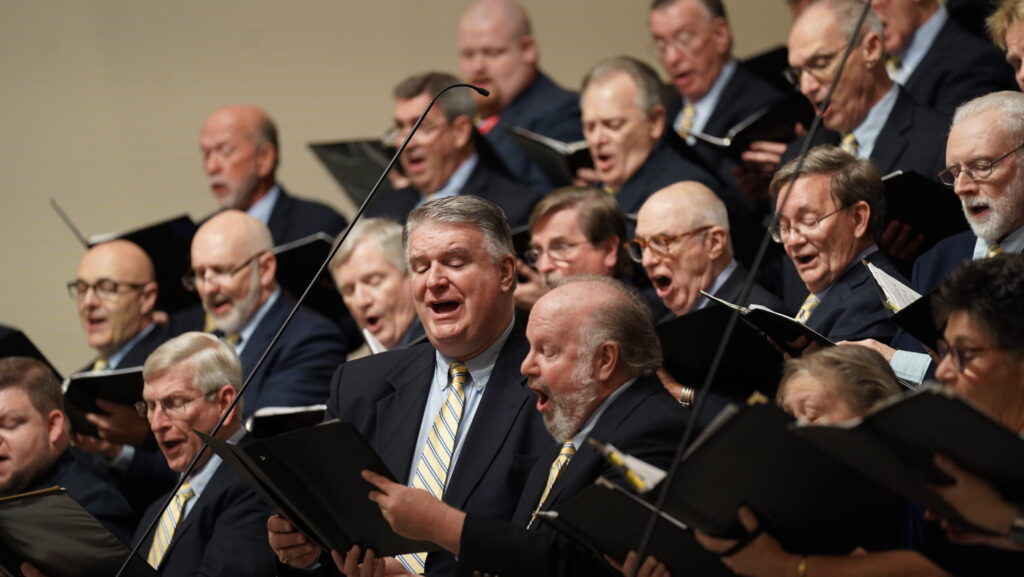The bad news: If you’re over age 50, you’re more than twice as likely to get a divorce as the same age group did 25 years ago; for couples over age 65 the divorce rate is triple that of their parents’ generation.
The good news: If you’ve been married long enough and attend church regularly, your marriage is more likely to stick.
“In 2015 for every 1,000 married persons ages 50 and older, 10 divorced — up from five in 1990, according to data from the National Center for Health Statistics and U.S. Census Bureau,” Pew Research Center recently reported. “Among those ages 65 and older, the divorce rate has roughly tripled since 1990, reaching six people per 1,000 married persons in 2015.”
Different age ranges
While the overall divorce rate for people younger than 50 is still twice as high as that of the previous generation, there is encouraging news in the fact that divorces among the 25 to 39 age group have fallen 21 percent during the same period, from 30 per 1,000 to 24 per 1,000.
However, the 40 to 49 age group’s divorce rate rose 14 percent, from 18 per 1,000 to 21 per 1,000.
Baby boomers lead the upswing in the so-called “gray divorce rate,” Pew reported, noting that this generation had “unprecedented levels of divorce” in their young adult lives, contributing to marital instability in their later years. “Among all adults 50 and older who divorced in 2015, 48 percent had been in their second or higher marriage,” researchers reported.
In general, and perhaps not surprisingly, the longer the marriage the less likely it is to end in divorce, research indicates. Still 34 percent of recent divorces among the 50-plus age group are people who have been married at least 30 years and 12 percent have been married more than 40 years.
While many such late-life divorces are initiated because the partners have become dissatisfied and seek new independence, the dissolution of marriages often comes at the expense of financial security and social satisfaction, Pew researchers noted. Divorced women experience high rates of poverty and seniors living alone, especially men, are dissatisfied with their social lives.
Such statistics should be of special concern to citizens of Alabama, whose divorce rate, while declining, is still the seventh highest in the United States, according to 2015 data (the latest available) from the U.S. Centers for Disease Control.
So how can married couples fight these rising divorce rates?
Get serious about church.
“Being a committed, faithful believer makes a measurable difference in marriage,” according to Glenn T. Stanton, director for family formation studies at Focus on the Family in Colorado Springs. “Saying you believe something or merely belonging to a church, unsurprisingly, does little for marriage,” Stanton wrote in a 2011 Baptist Press article.
“But the more you are involved in the actual practice of your faith in real ways — through submitting yourself to a serious body of believers; learning regularly from Scripture; being in communion with God through prayer individually and with your spouse and children; and having friends and family around you who challenge you to take your marriages seriously — the greater difference this makes in strengthening both the quality and longevity of our marriages,” Stanton wrote.
Regular church attendance appears to serve as a significant inoculation against divorce.
The Harvard T.H. Chan School of Public Health reported in 2016 that “religious service attendance is associated with greater marital stability — or more specifically, with a lower likelihood of divorce.” Researchers found that “those who attend religious services are about 30 to 50 percent less likely to divorce than those who do not.”
Practicing Christians
Barna Group, a research organization focused on faith and culture issues, reported that as of 2016, 25 percent of all adults — including practicing Christians and evangelicals — have been divorced. However, Barna found, “Practicing Christians and evangelicals are much more likely to be married than the average American.
“For instance, almost 6 in 10 (59 percent) practicing Christians are married (a number that has remained steady since 2000), compared to just over half (52 percent) of the general population,” Barna reported. “This is even more pronounced among evangelicals, 67 percent of whom are married, 15 percent higher than the general population.”
No matter how you slice the data, as Glenn T. Stanton wrote, “Faith does matter and the leading sociologists of family and religion tell us so.”






Share with others: